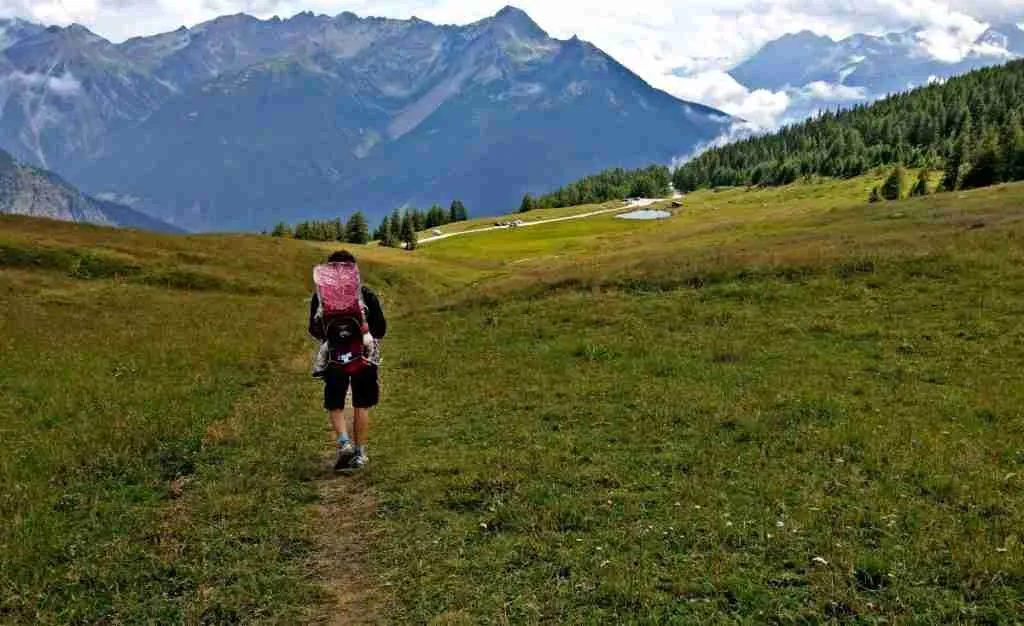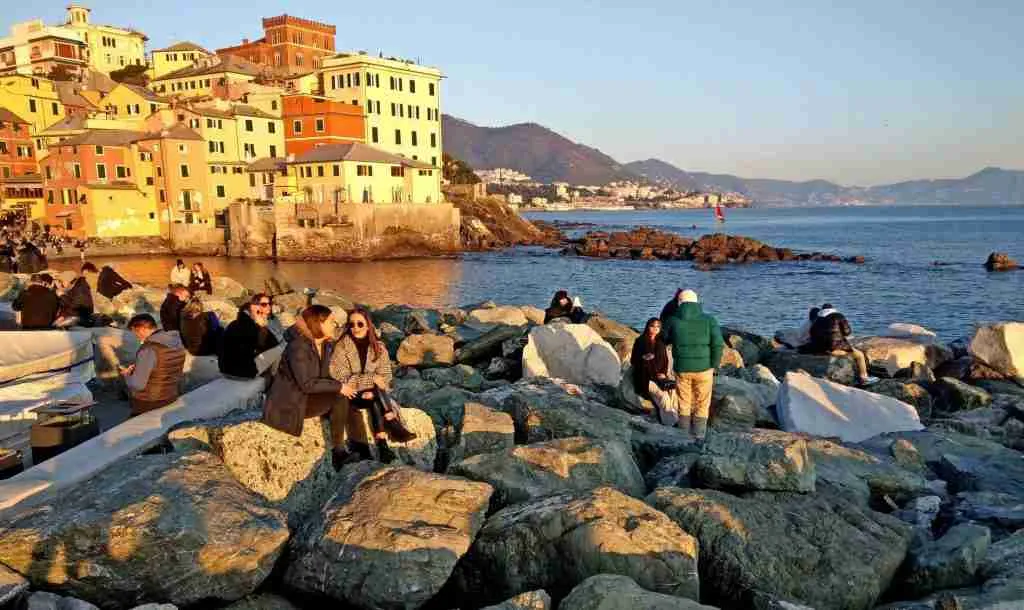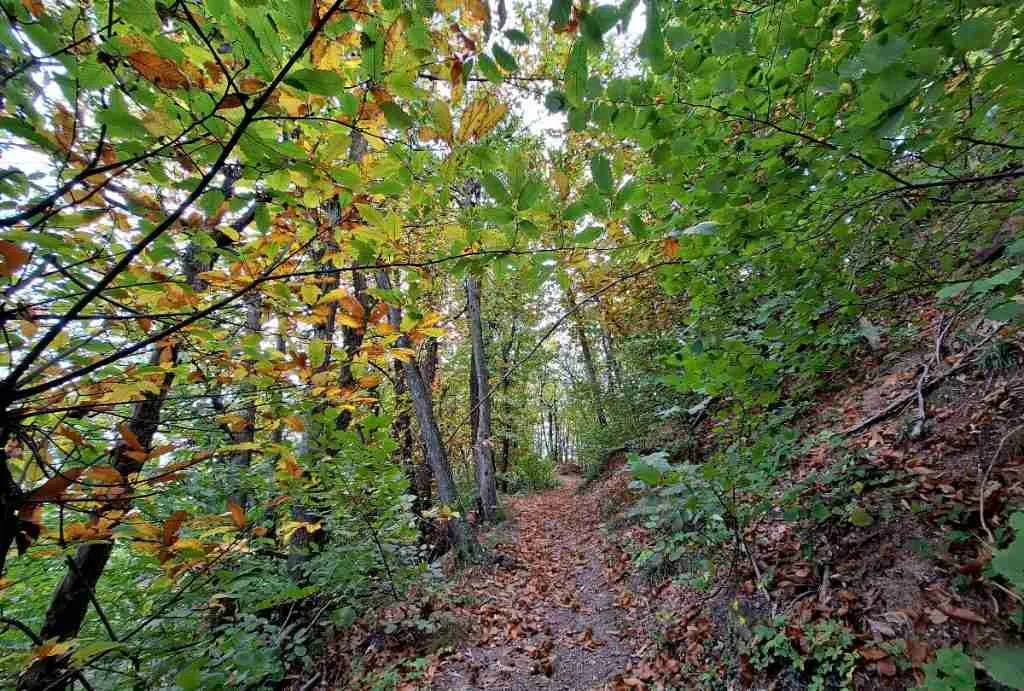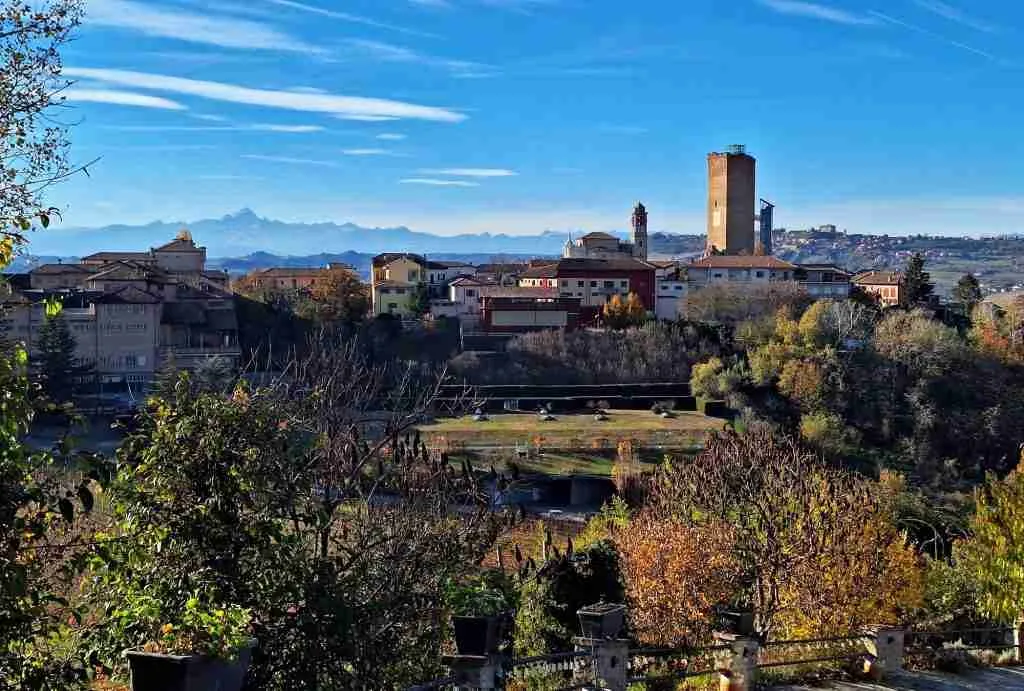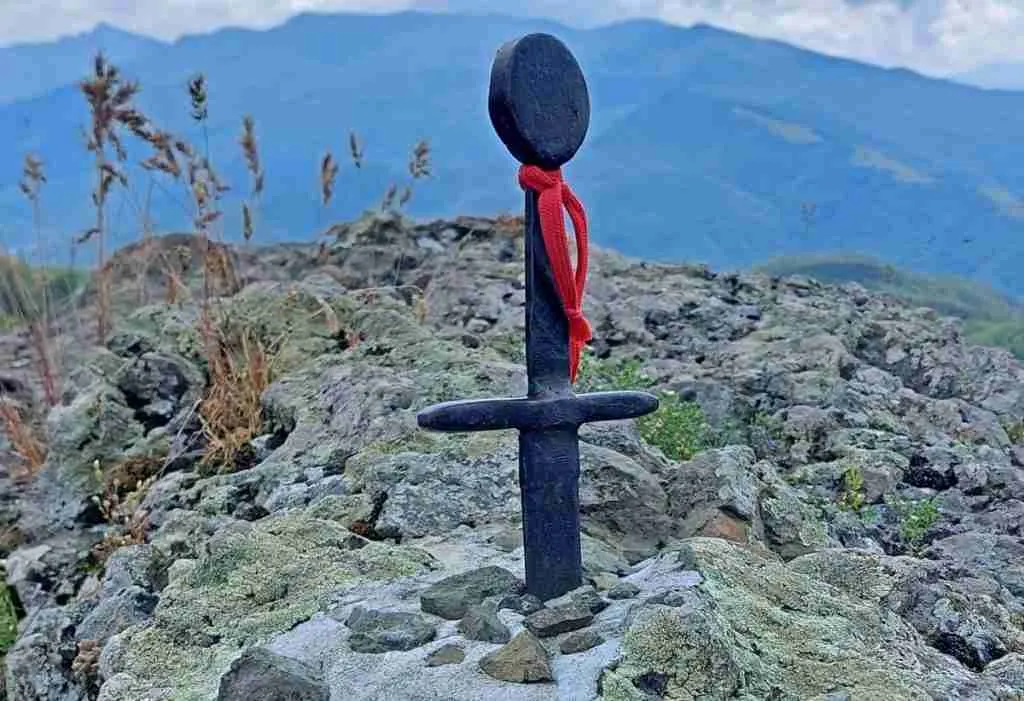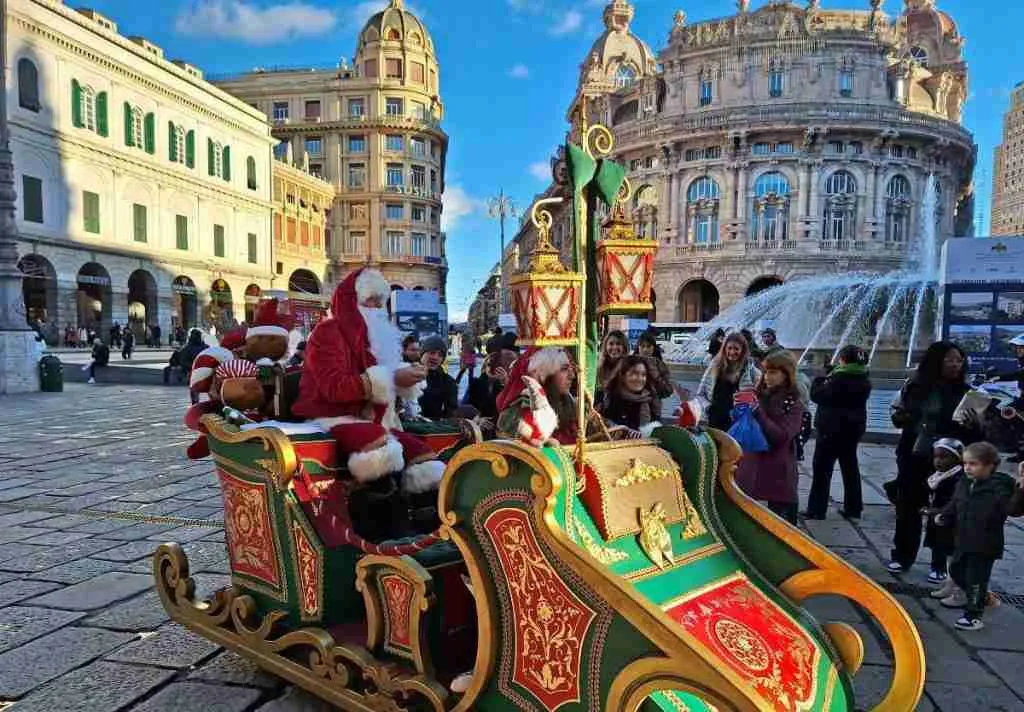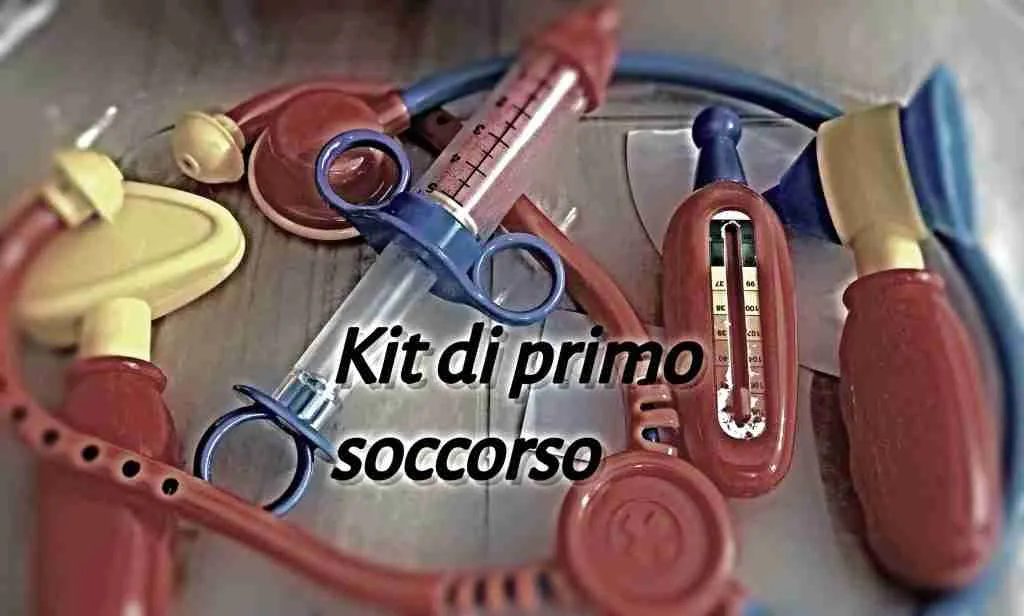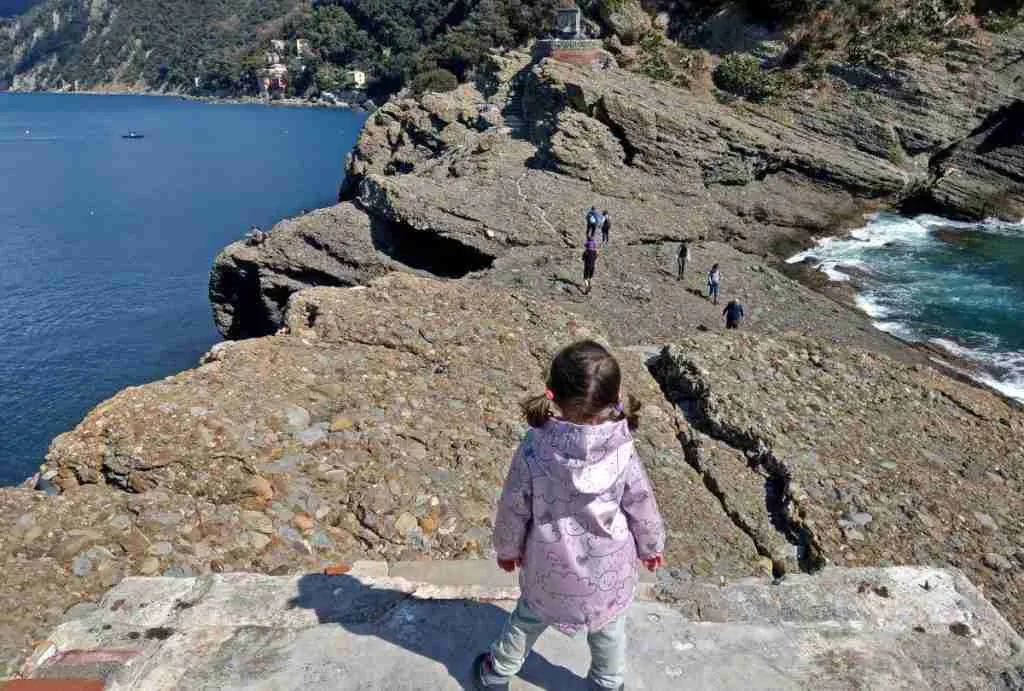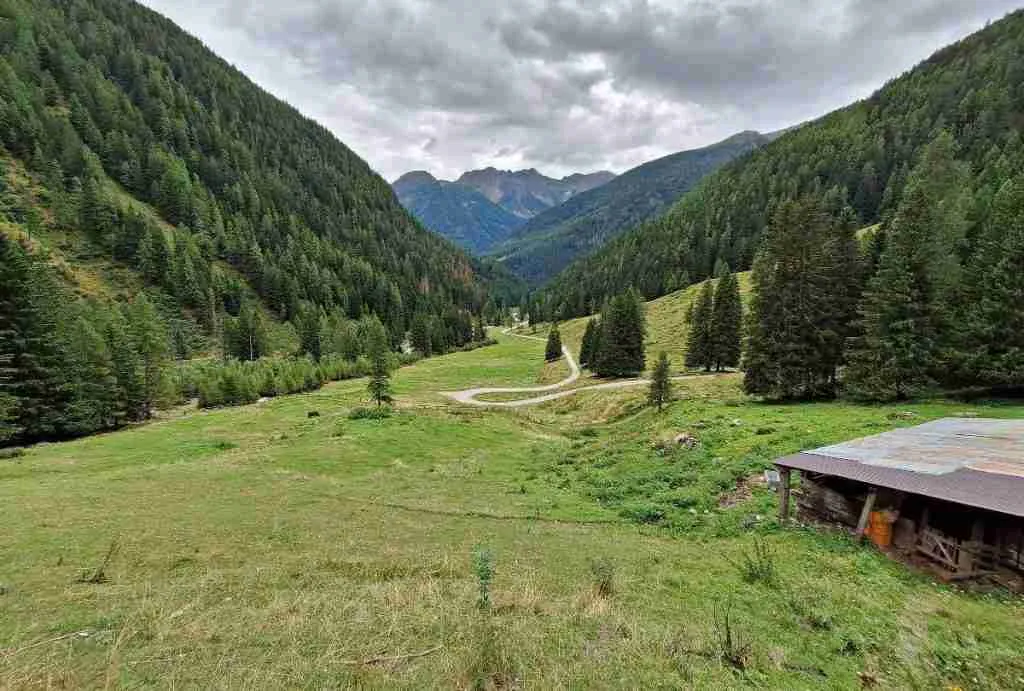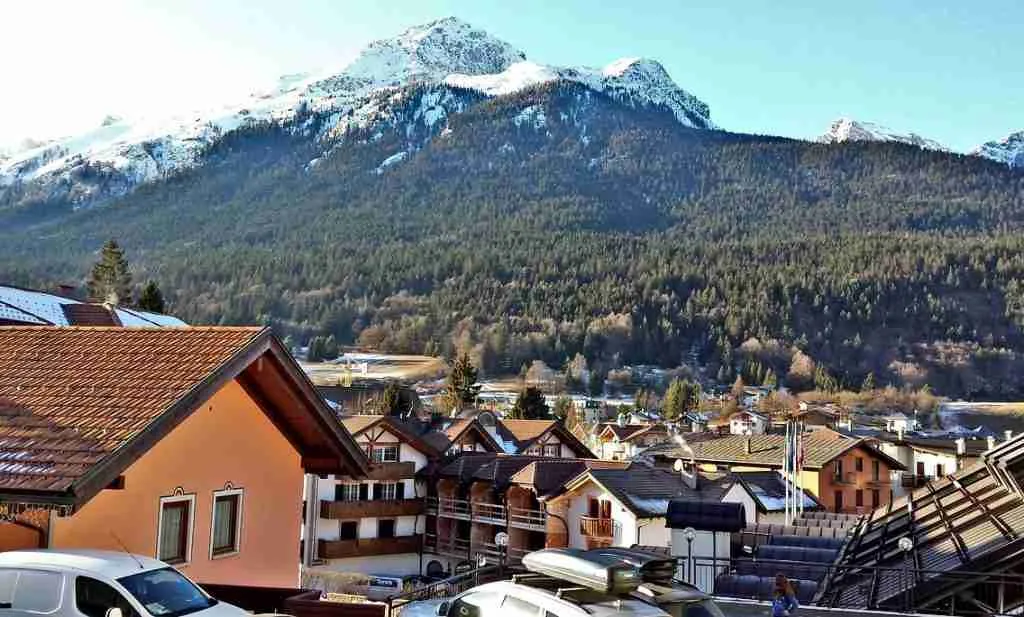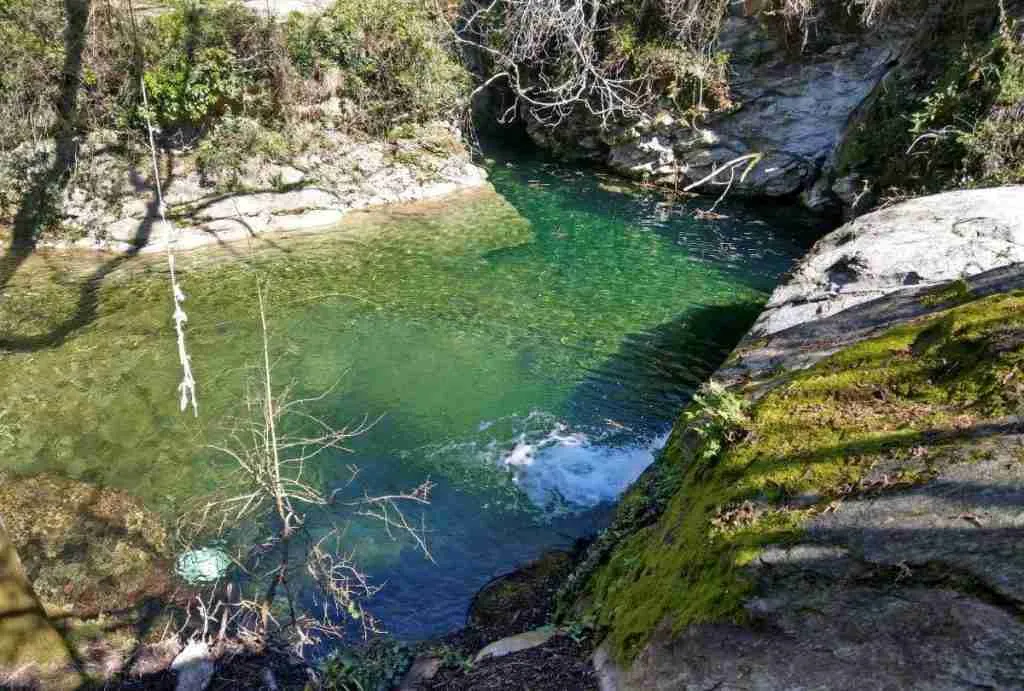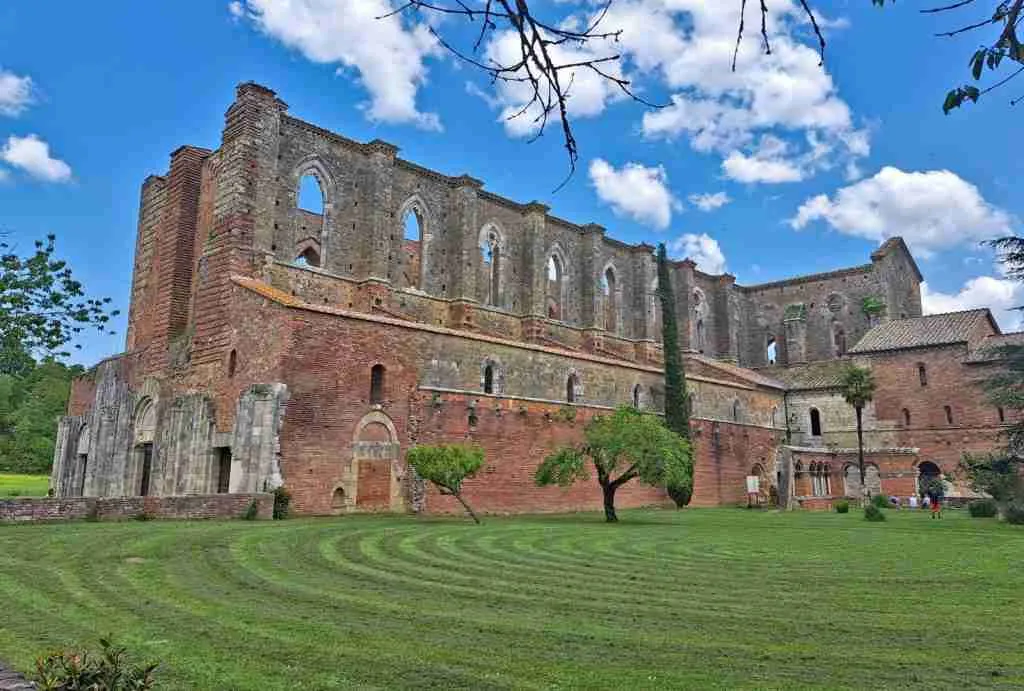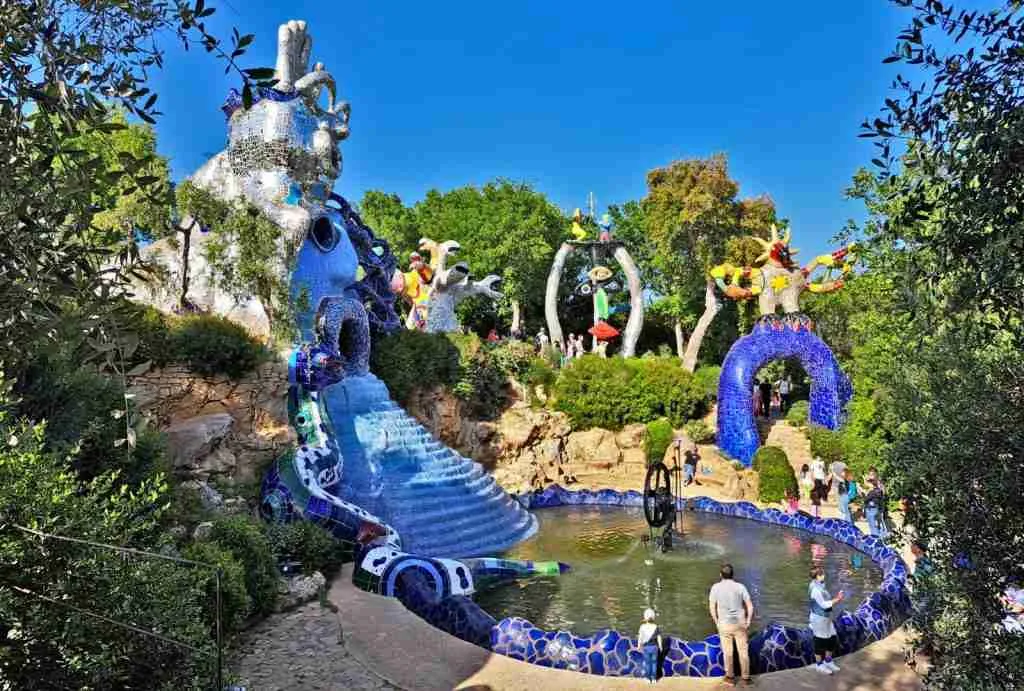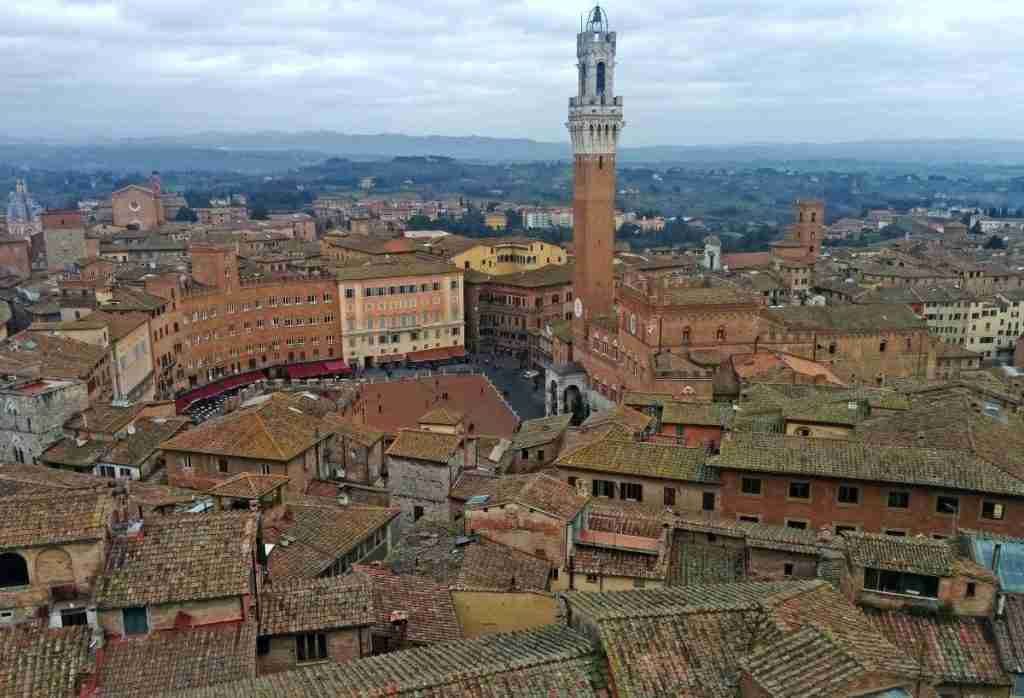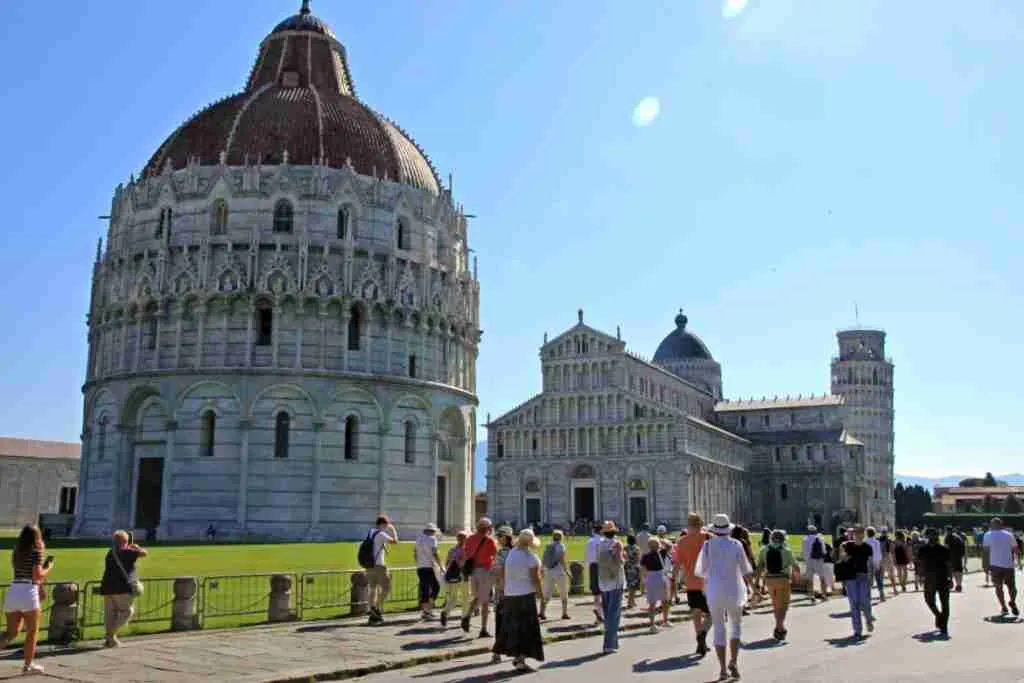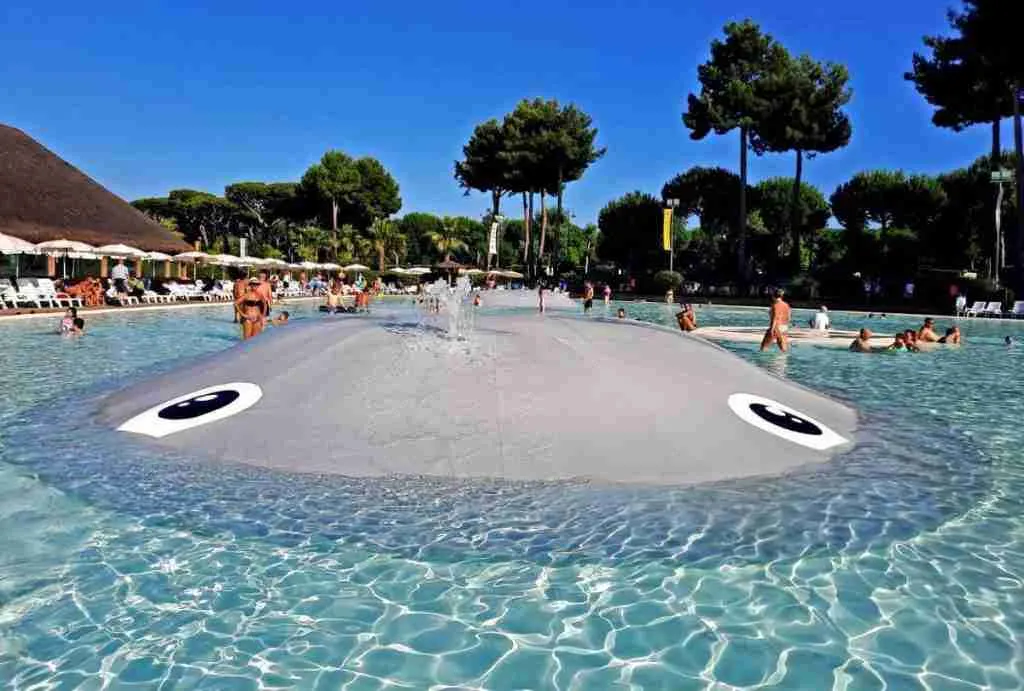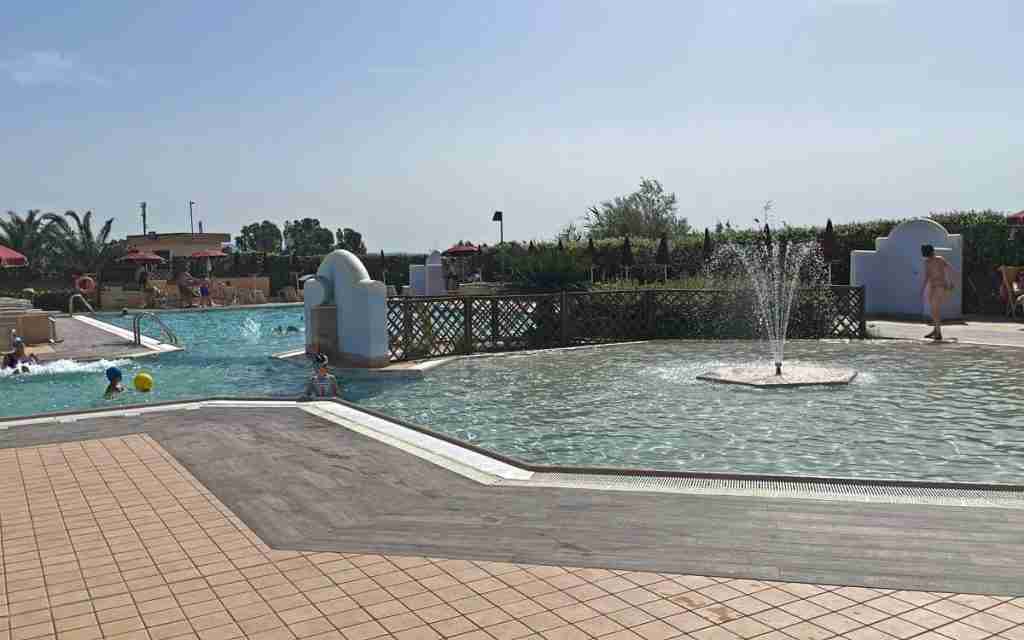The Crete Senesi are located southeast of the city of Siena, and are characterized by a clay soil in which erosive phenomena such as gullies (cliffs of white clay) and biancane (small reliefs rich in limestone) stand out.
The presence of the clay or chalk in the soil gives the landscape its characteristic blue-gray color, sometimes whitish because of the salts it contains, and the result is an almost lunar landscape.
Crete Senesi is truly a distinctive landscape, in which these clay hills almost devoid of tall vegetation alternate with oaks, cypresses, and isolated farms.
The best way to explore the Crete Senesi, is via a scenic route that you can take by car, if like us you are traveling with young children, or by bicycle or walking.
Crete Senesi itinerary: scenic road
Starting from Siena, you can drive along the Via Cassia to admire the beautiful sunflower fields, and then take the scenic road from Taverne d’Arbia down to Asciano.
There are about 30 km of itinerary that winds through a succession of rolling hills, dotted with rows of cypress trees.
This is the road that allows you to admire the Crete Senesi landscape at its best.
In some places, the landscape is rougher and you can recognize the gullies and biancane, erosive phenomena that originated 3 million years ago.
The Crete Senesi are fascinating at any time of the year, and the advice, which also applies to the Val d’Orcia, is to drive around unhurriedly.
Park your car at the side of the road and slip into the little paths, among the ears of corn.
Only in this way, immersed in the colors and scents of the fields, can you totally immerse yourself in the experience.
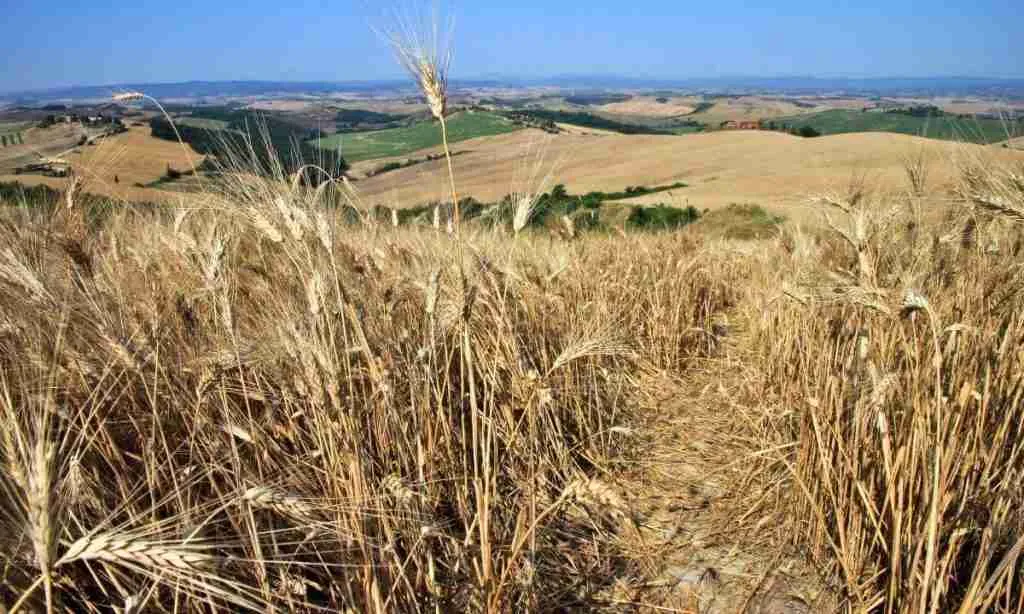
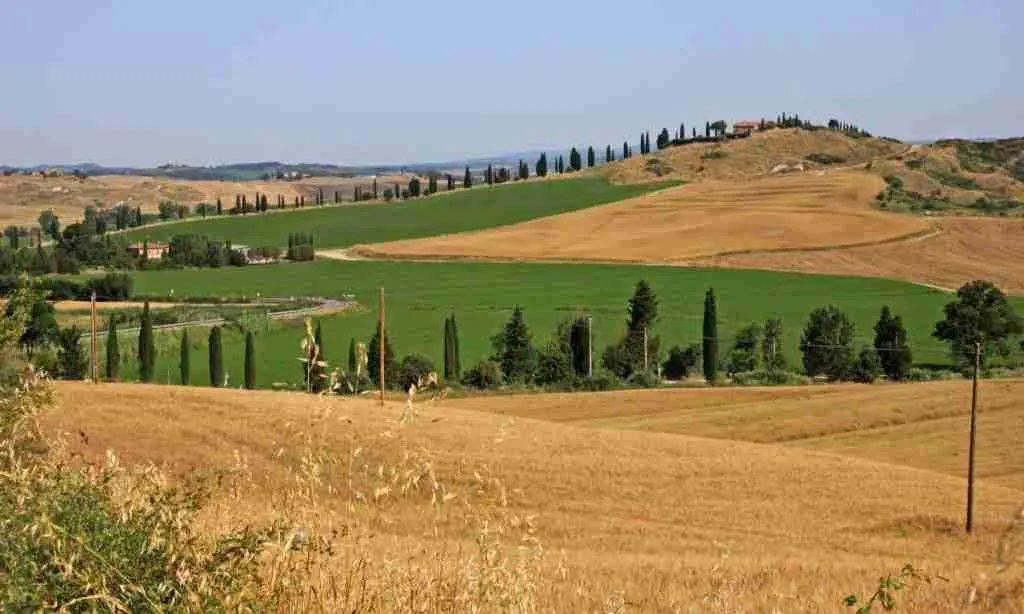
Strada di Leonina and Site Transitoire
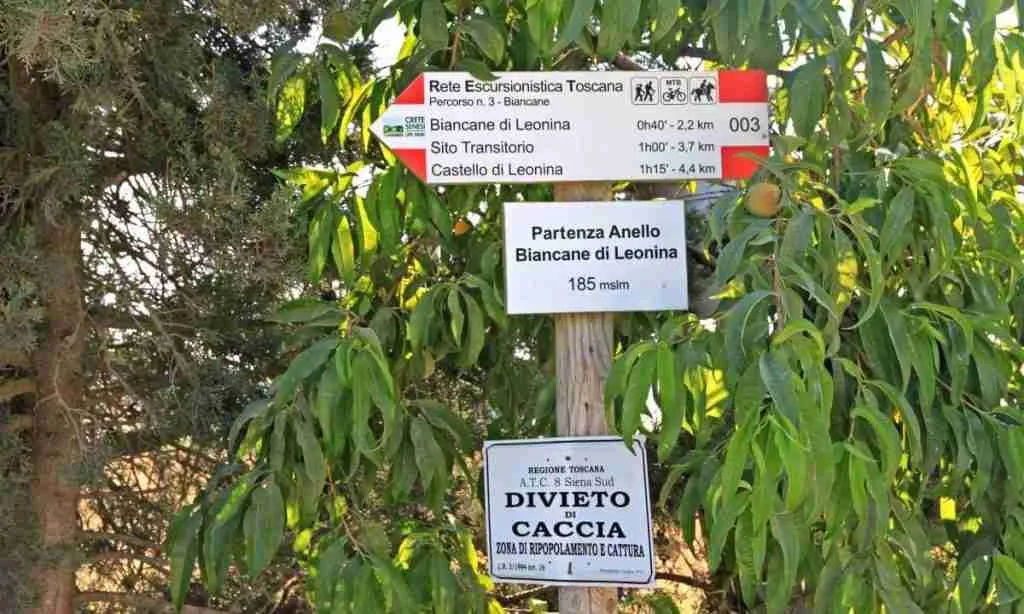
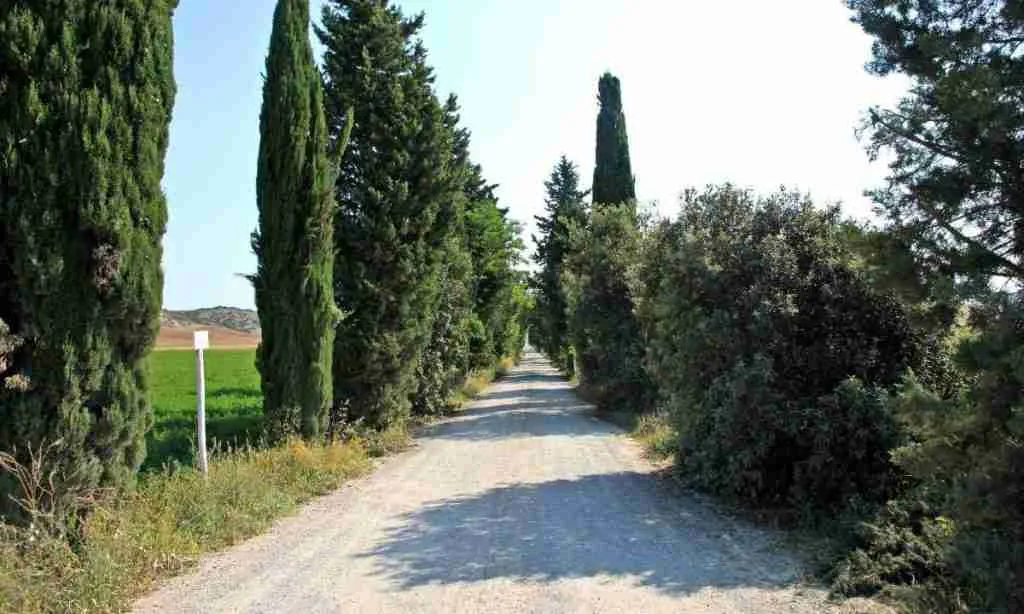
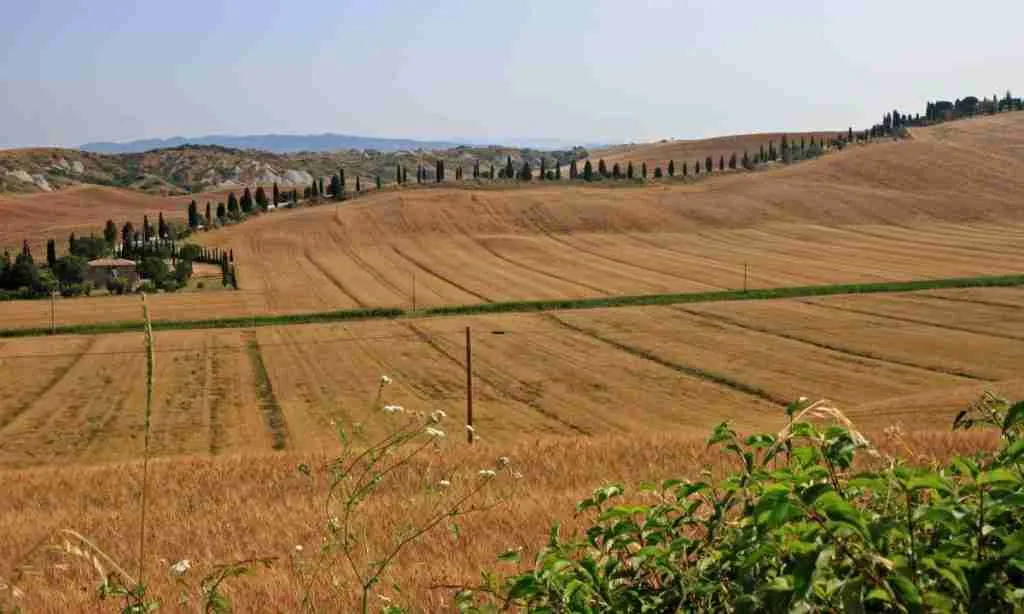
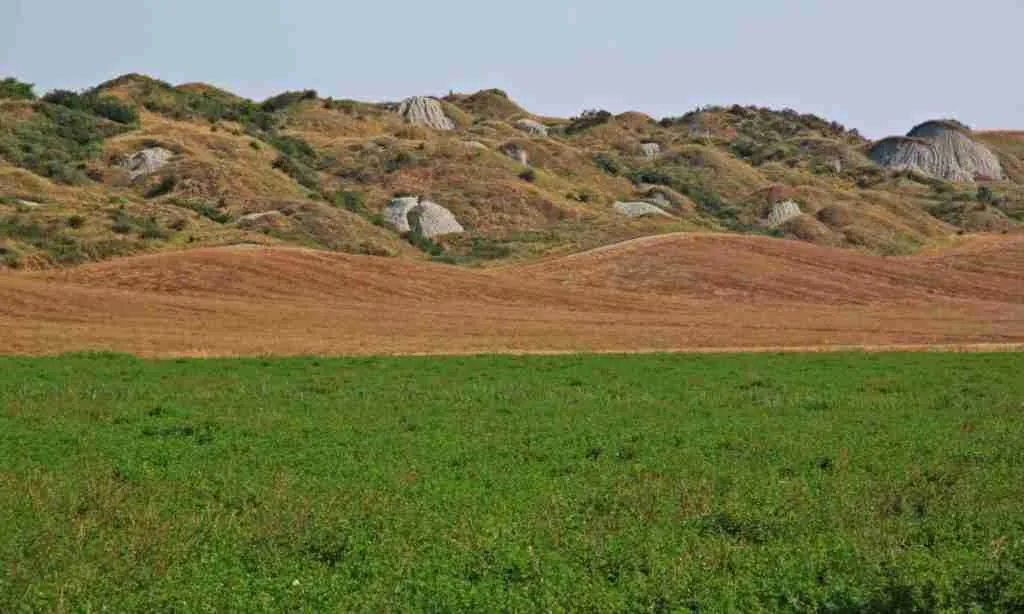

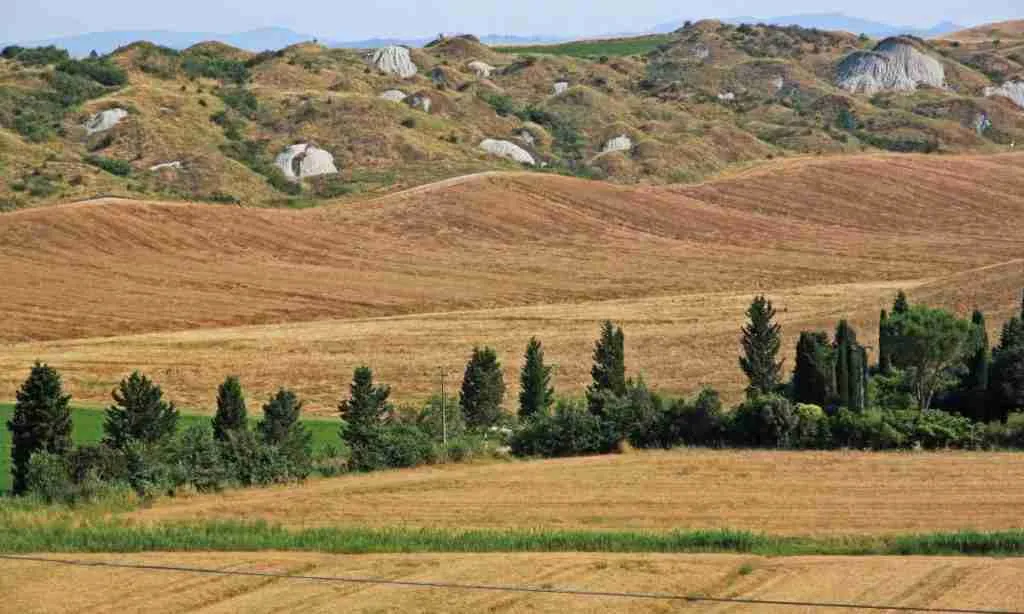
From Taverne d’Arbia, the first vantage point about a ten-minute drive away is the one on the Leonina Road, with two parallel rows of cypress trees running up the hill.
You can take the road leading to the four-star relais Castello di Leonina, and then continue on foot to the “Site Transitoire” installation at the top of the hill.
During the summer solstice, the setting sun enters exactly at the heart of this artwork donated by French artist Jean-Paul Philippe. If possible, it would be nice to coincide the visit right at sunset time.
We pick up the car and drive to Asciano, which, enclosed within 14th-century walls, is one of Italy’s most beautiful medieval villages. It holds within it a variety of monuments including the wonderful Collegiate Church of Sant’Agata.
Chiusure and Abbazia di Monte Oliveto Maggiore
Departing from Asciano, take the detour to the village of Chiusure, which overlooks the overhanging gullies. Here you will find excellent Tuscan cuisine at Locanda Paradiso.
A couple of kilometers from Chiusure, towering on a lonely cliff is the majestic Abbey of Monte Oliveto Maggiore, surrounded by a centuries-old forest of cypresses, oaks and pines.
It is a large monastic complex founded by Bernardo Tolemei in 1313, who retired to these lands owned by his family and founded the Olivetan Congregation.
Worth a visit, the Great Cloister with frescoes of the Stories of St. Benedict and, on the second floor, the Old Library containing more than 40,000 volumes. Also, the pharmacy where you can admire the ancient jars and buy natural creams. And the wine cellar where you can buy wines and liquors produced by the monks.
Timetable and price of the entrance ticket to the Abbey of Monte Oliveto Maggiore
The entrance fee is €7.00 (€8.00 with presale) and the opening hours are 09.30 – 12.40 / 14.30 – 18.00. For updated information, you can look at the official website.
Crete Senesi itinerary: Buonconvento


The territory of the Crete Senesi, in the province of Siena, includes the towns of Asciano, Buonconvento, Montalcino, Rapolano Terme famous for its thermal waters, and Pienza.
About 10 km from the Abbey of Monte Oliveto Maggiore in a southerly direction, one arrives at the village of Buonconvento, considered the “Pearl of the Crete Senesi.”
Located not far from the border with Umbria, at an altitude of 147 meters above sea level, Buonconvento still retains the brick walls erected by the city of Siena in 1300.
The historic center is characterized by red-brick buildings and noble palaces such as the Palazzo Podestarile with its civic tower, and consists of a single main street from which small streets branch off.
Montalcino
Montalcino is a Tuscan village perched on a hilltop 567 meters above sea level. It is world famous for its Brunello, the first red wine in Italy to receive the DOCG label in 1980.
Montalcino’s main square is the beautiful Piazza del Popolo over which the stone and brick tower of the Palazzo dei Priori, and the 14th-century Loggia, stand. In Montalcino you can also visit the Fortress or Rocca, or the ruins of the Castle.


Fortress or Rocca of Montalcino
The Fortress or Rocca di Montalcino was founded around 1300 as a military defense castle, as it was strategically located on the Via Francigena.
It is characterized by a pentagonal plan surrounded by towers, and walls equipped with walkways that were used for patrols in the past. The fortress had incorporated an ancient basilica, the remains of which are still visible today.
Time and price of the Montalcino Fortress entrance ticket
The inner garden can be visited free of charge while the walkway on the walls costs €4.00.
The Fortress is open from Tuesday to Sunday, 9:00 a.m. – 8:00 p.m. from March to October. During the rest of the year, the hours are 10:00 – 13:00 / 14:00 – 18:00.
For updated information, please contact 0577 849211.
Pienza
Pienza is another must-see stop on the scenic route between the Crete Senesi and Val d’Orcia. Also known as the Ideal City of the Renaissance, it has an elegant historic center that was declared a UNESCO World Heritage Site in 1996.
Also in the municipality of Pienza is the Lucciola Bella Reserve, a protected natural park in which to find the gullies and biancane, typical of the Crete Senesi.
Crete Senesi itinerary: where to stay
Hotel Certosa di Maggiano – Wonderful suites created in a former monastery, in the Tuscan countryside 2 km from Siena. Breakfast, pool and tennis court included – Book here.
Hotel San Gregorio – A stone’s throw from the center of Pienza, the hotel offers double rooms or family suites, with breakfast, pool, and in-house restaurant. It has private parking at an additional cost of €20.00 per day – Book here.
To see where to stay in Val d’Orcia, you can read this article.
Continue reading:


